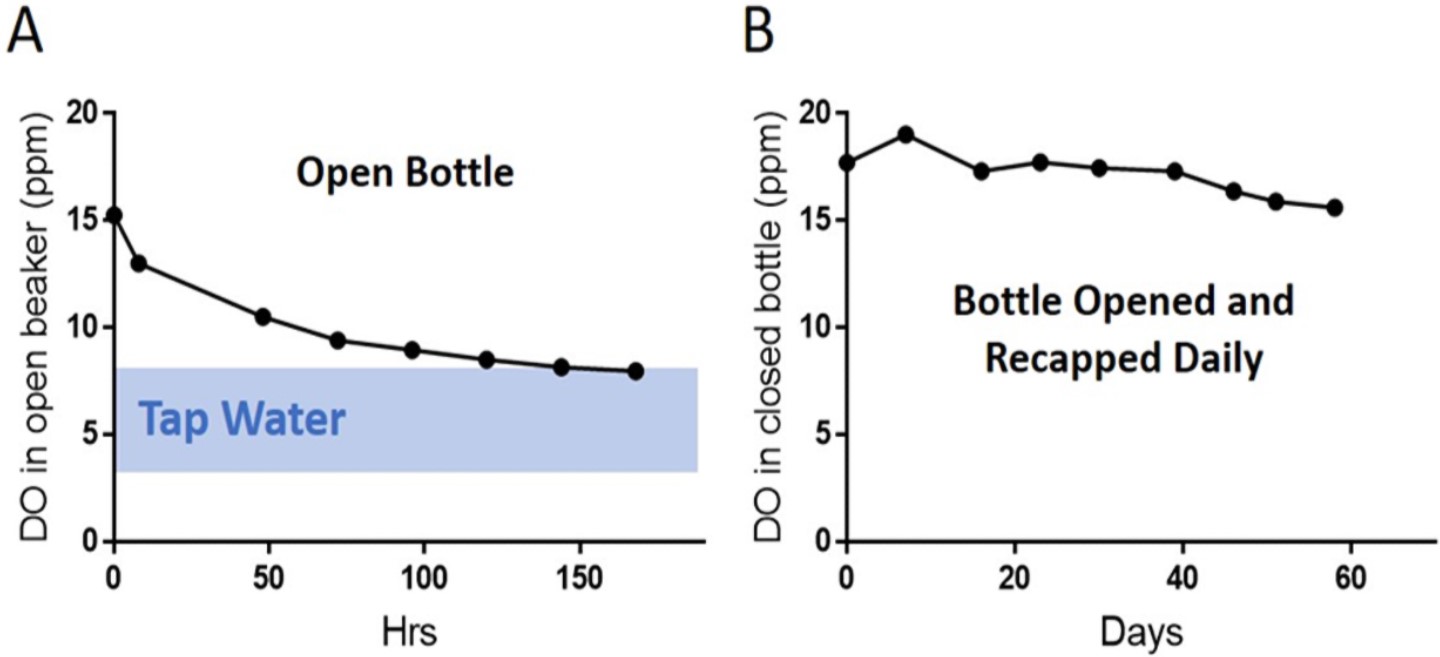How increased oxygenation can assist recovery from inflammatory disease
How increased oxygenation can assist recovery from inflammatory disease
If you've ever traveled to a mountain resort or done any high-altitude sports, you know that the “thin air” has an effect on our bodies. High altitude air has the same percentage of oxygen by volume as sea level air, but because the atmospheric pressure is lower in the mountains, oxygen molecules are more sparse. This means with every breath you take, you’re getting less oxygen. “Altitude sickness” includes problems sleeping, fatigue, headaches, and even life-threatening pulmonary edema (buildup of fluids in the lungs). Technically the signs of altitude sickness can begin at elevations of 5000 feet above sea level. We know that the amount of oxygen in every breath you take is very important for people with good health; and even more so for people whose health has been compromised by biotoxins or injury.
Sadly, we understand that many of our clients come to us because they are going through mold or other biotoxin illness and know first-hand how damaging the effects can be. One such illness is called Chronic Inflammatory Response Syndrome (CIRS), which was defined by Dr. Ritchie Shoemaker in the 1990’s. He pioneered a treatment protocol that many doctors use today to help their patients recover from this syndrome. Steps 8 and 9 relate to improving oxygen delivery to cells to decrease inflammation. Although he does not prescribe respiratory methods for increasing oxygenation (it’s more through detoxification, supplements and correcting enzymes), studies have shown that supplemental oxygen can benefit CIRS patients.
Biotoxins are extremely small, fat soluble molecules capable of going from cell to cell through membranes without being carried directly in the blood stream rendering them impossible to find in the blood stream. Biotoxins can enter through inhalation, direct contact with contaminated water, ingestion, tick bites and spider bites. These biotoxins, in genetically susceptible people whose immune system (antibodies) do not recognize and tag them, lead to chronic inflammation and long lasting chronic illness. Biotoxins bind to certain surface receptors, particularly those on white blood cells (macrophages, monocytes and dendritic cells) called antigen presenting cells. (Chronic Inflammatory Response Syndrome (CIRS) Evaluation and Treatment)
Why more oxygen?
Hypoxia (low oxygen in body tissues) can cause inflammation; for example, in persons with mountain sickness, levels of circulating proinflammatory cytokines increase, and leakage of fluid (“vascular leakage”) causes pulmonary or cerebral edema. The reverse is also true: inflammation can cause hypoxia, such as in inflammatory bowel disease, where the entire mucosa becomes even more hypoxic. Basically the inflammation is preventing oxygen from reaching capillaries. Therefore inflammation and hypoxia can be interdependent. (2021 study Hypoxia and Inflammation)
In conjunction with biotoxin “detoxing” treatments, then, it’s possible that other ways of increasing oxygen could reduce inflammation. Following are some ways proven to increase oxygenation of your cells.
Moderate exercise (as approved by your doctor) can be a good way to bring more oxygen to your cells and reduce inflammation. This 2010 review shows how many studies have linked exercise with lowering of C-reactive protein (CRP) levels, which are a marker of inflammation. This 2021 article cites benefits of exercise to sufferers of other chronic inflammatory diseases such as coronary heart patients and type 2 diabetes patients. Although your oxygen levels may drop slightly during exercise, in the long run, exercise results in increased levels of arterial oxygen levels at rest, which will bring more oxygen to all of your cells. (Adjustments during exercise)
Deep-breathing techniques are helpful to everyone, not just those with chronic inflammation. Check out our article for more information on breathing exercises that you can do without specialized equipment, and this article for devices that help improve breathing too.
ELO water (a commercially available oxygen-enriched bottled drinking water ) was shown to increase arterial blood oxygen levels, improved cellular oxygenation and altered markers of mitochondrial function in rats, and was recommended as an effective adjuvant therapy even in people with longstanding diabetes already on insulin. The following charts show that this particular bottled water does indeed have higher dissolved oxygen (DO) than standard tap water, even with the bottle left open for a week. (2021 study)
This 2022 study showed improvement of 75% of 49 dogs who suffered from Systemic Inflammatory Response Syndrome (SIRS) and were given HBOT sessions.
Hyperbaric oxygen therapy (HBOT) has several positive effects on inflammation:
it may be able to stop certain types of fungus from growing in our bodies (studies).
It promotes a strong immune system
It allows the brain to heal, improving memory and cognitive issues)
reduces inflammation on the cellular level by increasing anti-inflammatory cytokines and helps accelerate fibroblast activation.
Supplemental oxygen through a face mask or cannula and portable cannisters should only be prescribed by a doctor, because supplemental oxygen in those who are getting enough oxygen (healthy subjects) can cause airway inflammation and oxidative stress, quite the opposite of what is desired.
Continuous Positive Airway Pressure machines (CPAPs) do not increase the percentage of oxygen in the air you are breathing in; they just pressurize ambient air so that your airways stay open while you sleep. However, if you have sleep apnea or problems getting enough air while you sleep, check with your doctor to see whether a CPAP would be helpful.
Another way to increase oxygenation safely is achieved with dedicated air-sealing and adding oxygen to your bedroom. We’ve written an article on how Altitude Control Technology can increase the oxygen supply to your bedroom, so that your resting and sleeping hours are more productive in terms of healing your body.
Although such systems are an investment, if you plan on staying in your home it could benefit you in the long term.
We’ve also laid out some alternatives in the article for increasing oxygen in your bedroom and home by increasing ventilation from outside.



